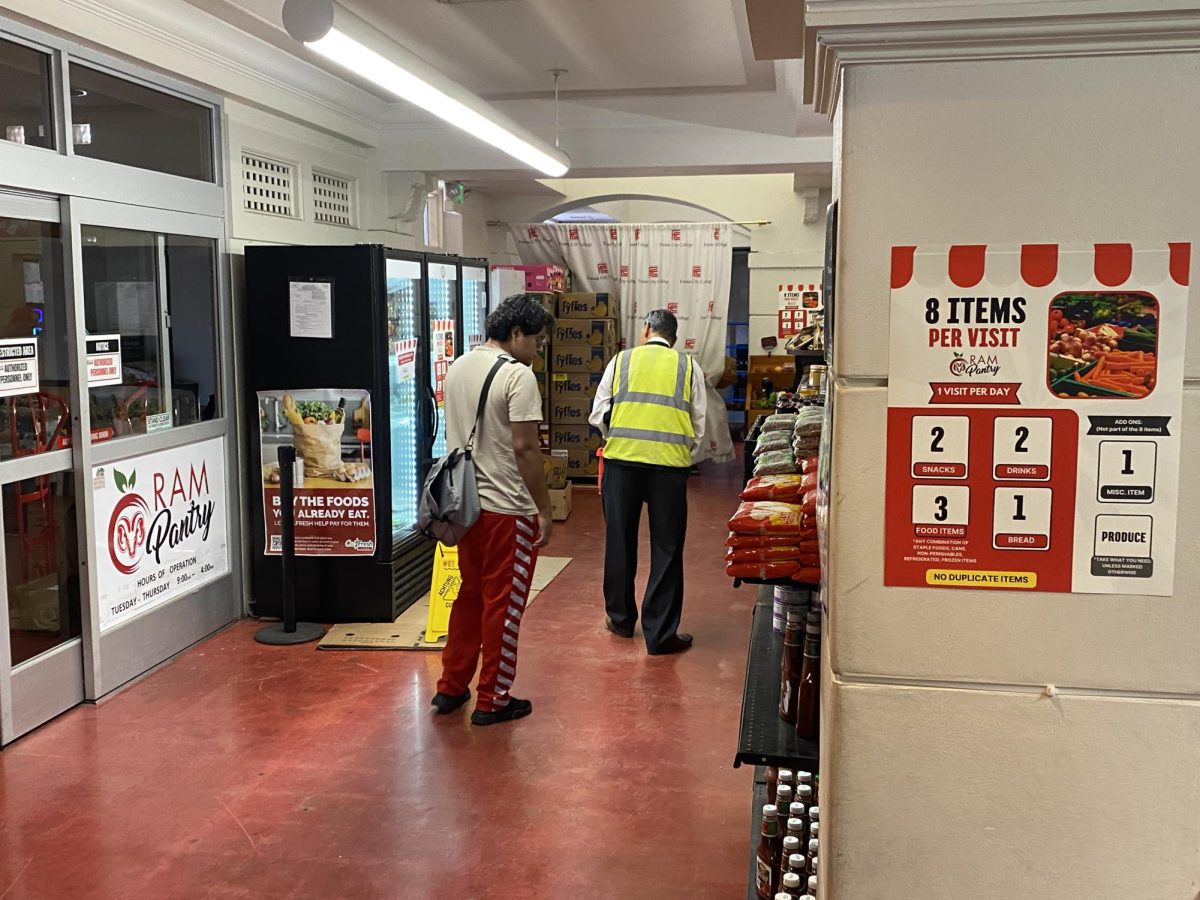
The “pink tax” is a theory that feminine hygiene products and products that are colored pink are marked up, according to a quick Google search. But for many women the pink tax is not a theory- it is reality.
New York and California have put in laws to prevent the pink tax from affecting women, according to AB 1287, but their efforts are minimal. Pink tax still affects women daily.
For example, a 3.8 ounce of Dove Deodorant spray targeted at men goes for $7.86. While the same deodorant targeted at women sells for $8.51, according to walmart.com.
This example is one of many exploits targeted towards feminine products; they are typically priced higher by a few cents, in this instance $0.17. If this is taken into account for all the products society pressures women to buy, this pocket change adds up.
In society, there is a norm that women need to look “put together:” their hair needs to be brushed, they need to be wearing makeup, they need to smell good, their clothes need to be clean and they need to be skinny. The pressure for young women to wear makeup pushes the pink tax even further.
A research article from 2022, reports that 78% of American women spend one hour a day on their appearance; approximately 10 minutes of that time is spent doing makeup.
Women in New York spend about $300,000 in their lifetime on facial cosmetics, according to the research article.
The typical targeted demographic for the make-up industry is women between the ages of 15-24, with New York having over 1.2 million women in this age group, according to data.census.gov.
For that group of women, the facial cosmetic industry would make about $379 billion from purchasing their products in their lifetime.
Everyone has their interpretation of the beauty standard in the United States, however, there is a universal standard that women typically follow. An academic report from 2023, stated that seven in ten women and young girls have low body confidence. Furthermore, nine out of ten women “worship thinness.”
The article also acknowledges that men have the same statistics when it comes to achieving societal norms; they just look different from women.
However, companies utilize this fear that women have to achieve an unreachable goal to mark up their prices.
The beauty industry utilizes social media to promote their products. Instagram and TikTok are riddled with intransparent ads from influencers who meet the societal beauty standard. Industries pay the influencers to tell their audiences about products and “how good they are.” Not only do people trust these celebrities’ opinions; but the sales for these products skyrocket then the companies stuff their pockets full of the fans’ money.
Insecure audiences latch on to the idea that the product will work exactly how it did for the celebrity- or make them look exactly like their idol.
The beauty industry also benefits from promoting name-brand products. For example, the “10-year-olds in Sephora” trend on social media buying Drunk Elephant skincare that is made for adults.
These young children are ignorant- what even is retinol? They don’t know. They only know what the influencer is telling them. To illustrate, the influencer may say “This is good for your skin, it gets rid of wrinkles,” and the impressionable children believe the influencer because they idolize them.
Not only does the industry push makeup and skincare products to young girls, but feminine hygiene products that many women have to buy are marked up on purpose.
Many women in their lives get their period, and they need pads or tampons. While there are off-brand options, sometimes they are unreliable. For a pack of Always 50 pads, it is $10.47- which makes each pad about $0.21, according to walmart.com. But why capitalize on something that women need?
A typical woman’s cycle length is one week every month until they are between 45 and 55 (for the sake of the example we will say 50.) To buy one pack of pads for each month of the year it costs $125.64. To buy pads every month for 50 years is $6,282.29.
This doesn’t include the price of medicine to help with the pain, heating pads, and maybe a day off of work. Ten percent of women with period cramps can’t “work, exercise or play for several hours to several days each month,” due to the severity of their pain, according to Harvard Health Publishing. Again, the industry pushes medication specifically designed to help alleviate the pain- Acetaminophen, more commonly known as Midol.
I have tried Midol to help alleviate the pain- but it didn’t work. I’ve only found that Ibuprofen slightly helps me. Acetaminophen is the same active ingredient used in Tylenol. Midol has some other additives in it; they say they are supposed to “help” to alleviate cramps. Forty capsules of Midol sell for $9.43, on the other hand, Tylenol 50 count is $7.32, according to walmart.com. So for $2.11 less, you can purchase the same thing and get more.
Big corporations have found loopholes to generate extra income and make it seemingly invisible: like the deodorant only being $0.17 cheaper. Some see $0.17 as not worth the hassle, but when you have to replenish products every month, that $0.17 starts to add up.







